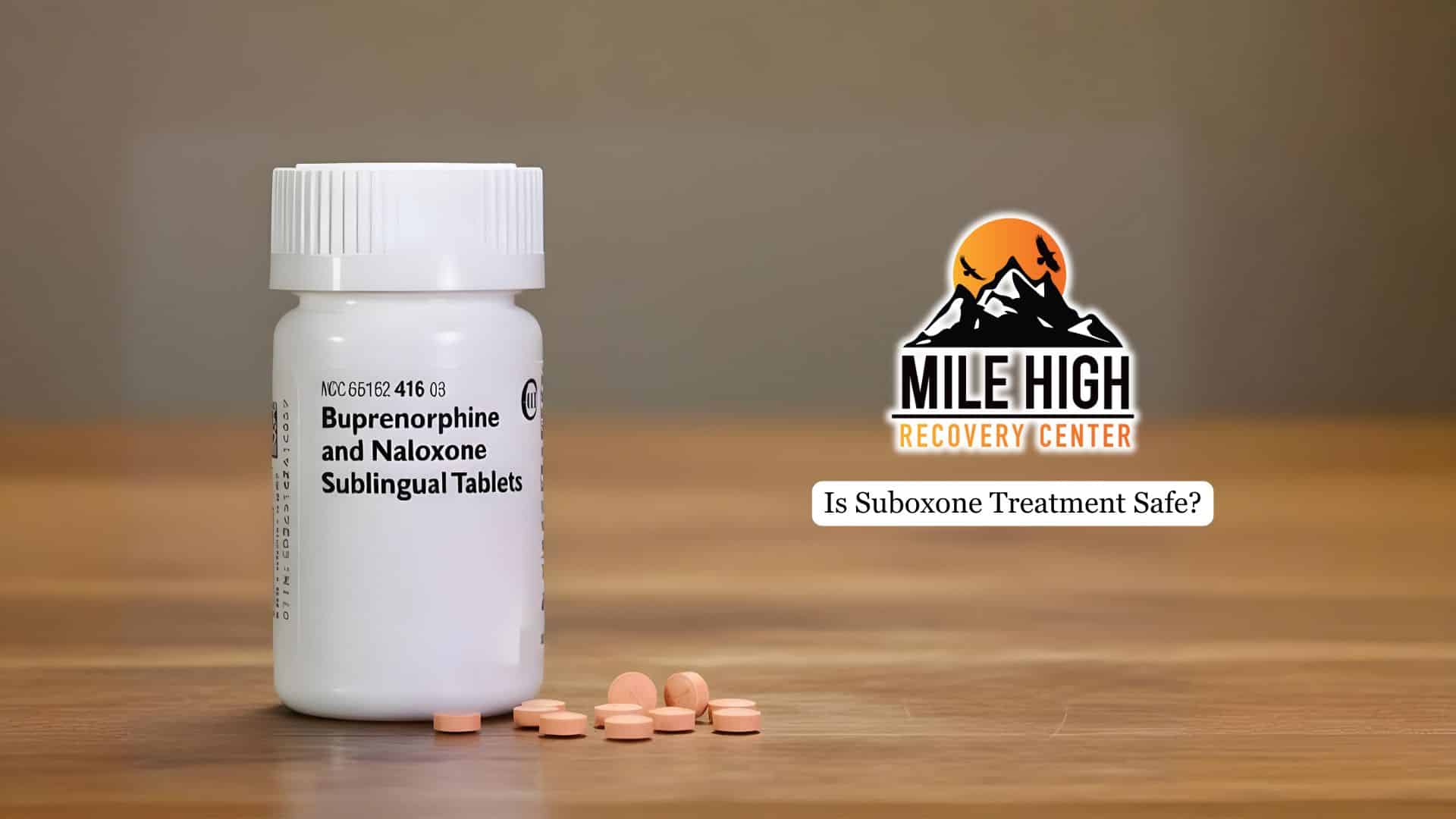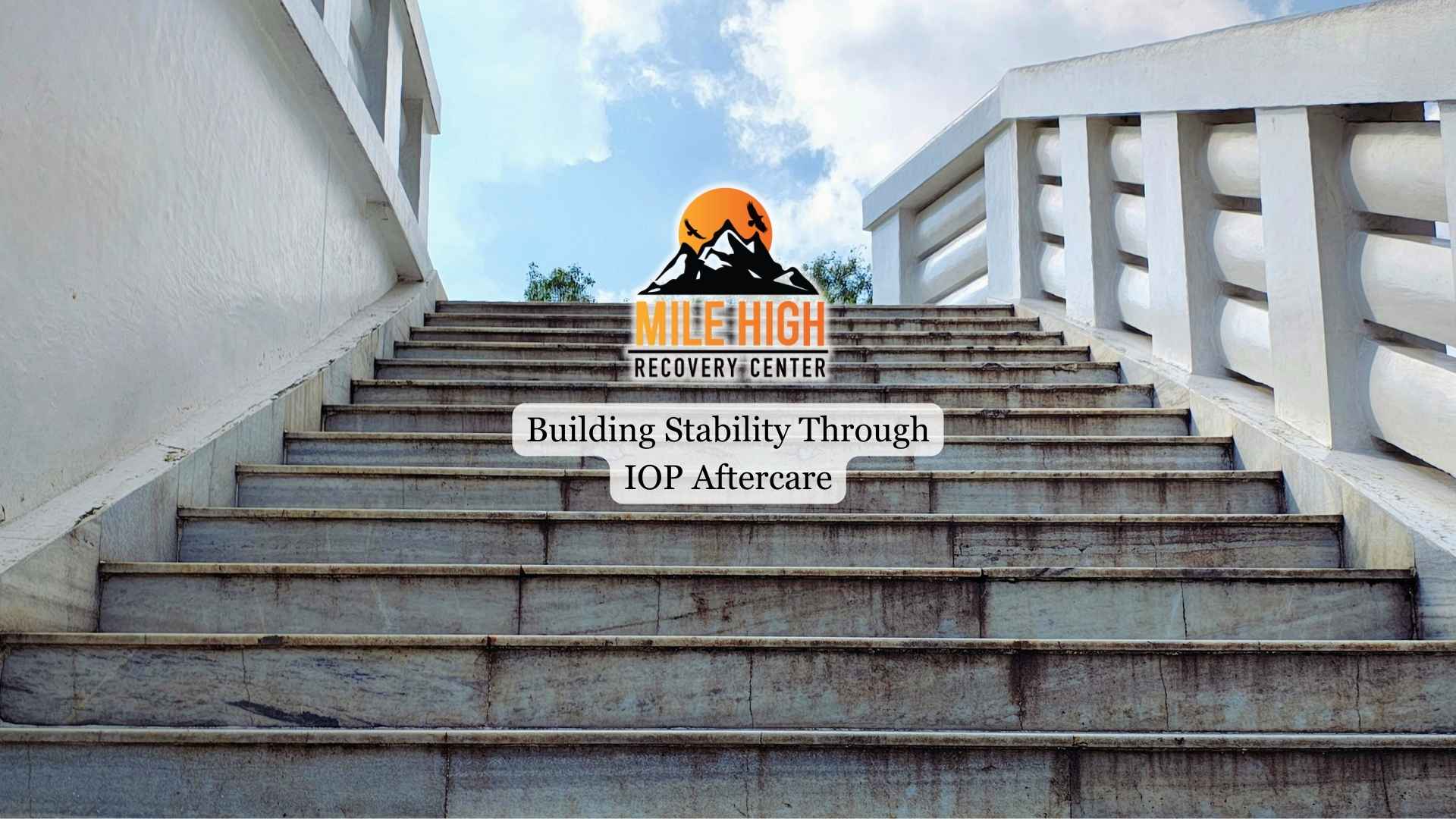Suboxone is a commonly prescribed medication that helps people manage opioid use disorder (OUD). It allows many individuals to regain stability and maintain long-term recovery by easing cravings and withdrawal symptoms. However, questions about its safety are understandable and often raised by patients, families, and even healthcare professionals.
This article offers a clear, evidence-based look at its safety profile, explaining how it works, the possible risks, and the precautions that help ensure treatment remains both effective and harmless.

Understanding Suboxone Safety Profile
Suboxone combines buprenorphine and naloxone to help people manage dependence and reduce the risk of misuse. Buprenorphine is a partial agonist, meaning it attaches to the same brain receptors that opioids affect but activates them only partially. This produces a “ceiling effect,” which limits how much the drug can stimulate those receptors. As a result, it helps control cravings and withdrawal symptoms without causing the intense euphoria or dangerous breathing problems associated with stronger substances.
Naloxone, the second ingredient, serves as a protective measure against misuse. When this OUD medicine is taken correctly, dissolved under the tongue or as a thin film, naloxone remains inactive and has little to no effect. However, if someone attempts to inject it, naloxone becomes active and quickly triggers withdrawal symptoms, discouraging misuse.
Together, these two components allow Suboxone to reduce cravings, prevent relapse, and support long-term recovery while maintaining a much safer profile than full-agonist medications.
Side Effects
Most individuals tolerate this treatment well, though mild side effects can occur, especially during the early phase of recovery. These may include nausea, constipation, headaches, sweating, or difficulty sleeping. Mouth irritation can also appear in those using the dissolvable film. These effects typically lessen as the body adjusts.
Less common reactions can include allergic responses, mild liver irritation, or changes in liver enzyme levels. Dental issues such as tooth decay and gum sensitivity have been reported with long-term use, likely due to the acidity of the sublingual formulation.
Severe reactions like respiratory distress may rarely occur if Suboxone is misused or combined with other sedatives. In children, accidental ingestion can cause serious breathing problems, so proper storage is essential. Despite these potential side effects, it remains one of the safest and most effective medical therapies available when used as prescribed. Mile High Recovery’s suboxone treatment program in Denver is a highly reliable option for managing opioid addiction, tailored to each patient’s needs.
Risks from Misuse or Interactions
Combining it with alcohol, benzodiazepines, or other central nervous system depressants greatly increases the danger of respiratory depression or overdose. Certain medications that alter liver enzyme activity, such as acetaminophen or antibiotics, can also change how the body processes buprenorphine, either intensifying or reducing its effects.
Another significant concern arises when individuals abruptly stop taking the medication. Relapse and overdose risks increase sharply after discontinuation. Stopping Suboxone should always be done gradually under medical supervision. While it has a lower risk of addiction compared to other opioids, physical and psychological dependence can still develop, especially with misuse or long-term use, making careful management essential.
Safety Across Treatment Phases
Induction Phase (Starting Treatment)
The induction phase marks the beginning of therapy, when doses are carefully calculated to help the patient transition off other substances safely. Medical supervision is essential during this period, as starting Suboxone too soon after other substance use can trigger uncomfortable withdrawal symptoms. Clinicians typically begin with a low dose and increase it slowly over the first few days, ensuring that side effects and cravings are controlled efficiently.

Maintenance (Ongoing Use)
Once stabilized, patients enter the maintenance phase, where this medication helps sustain recovery and prevent relapse. During this stage, regular follow-up visits are vital. Healthcare providers may perform liver function tests, review progress, and conduct urine screenings to confirm treatment adherence. This period often includes counseling, peer support, and behavioral therapy to address underlying triggers and reinforce long-term success. Some individuals may require maintenance therapy for months or years, depending on their clinical needs and level of stability.
Tapering and Discontinuation
When patients are ready to stop treatment, a gradual tapering process is the safest approach. Slowly reducing the dose is recommended, as abrupt discontinuation can lead to a strong desire and risk of returning to substance use. During this stage, healthcare providers typically increase their support and monitoring to ensure a smooth transition.
Who Should Avoid Suboxone?
People with serious breathing problems, such as asthma or COPD (Chronic obstructive pulmonary disease), should use it cautiously because it can slow breathing. Those with liver disease may also be at higher risk since the liver processes the medication.
It’s also risky to take it while under the influence of alcohol, sedatives, or other drugs that depress the nervous system. Anyone who has had an allergic reaction to buprenorphine, naloxone, or any ingredient in the medication should avoid it completely.
Pregnant or breastfeeding individuals need special guidance from their healthcare provider. While this medication is generally considered safe, many doctors prefer buprenorphine alone during pregnancy to limit the baby’s exposure to naloxone. People taking other prescription medicines should always discuss them with their provider, as some drugs can interfere with how this medication works.
Final Thoughts from Mile High Recovery
When prescribed and monitored by a qualified professional, Suboxone provides a safe and effective path toward overcoming dependence. Its unique formulation helps reduce cravings and withdrawal while significantly lowering the risk of overdose compared to stronger substances. Still, its success depends on careful medical oversight, personalized dosing, and avoiding the use of sedatives or alcohol during treatment.
At Mile High Recovery, we provide comprehensive Suboxone treatment programs in Denver for individuals struggling with heroin, fentanyl, or prescription pain medication use. Our approach combines evidence-based medical care with counseling and ongoing support to help clients build a stable foundation for lasting recovery. With the right guidance, this option can be a powerful tool in helping you regain control, reduce relapse risk, and focus on creating a healthier, more fulfilling life.







